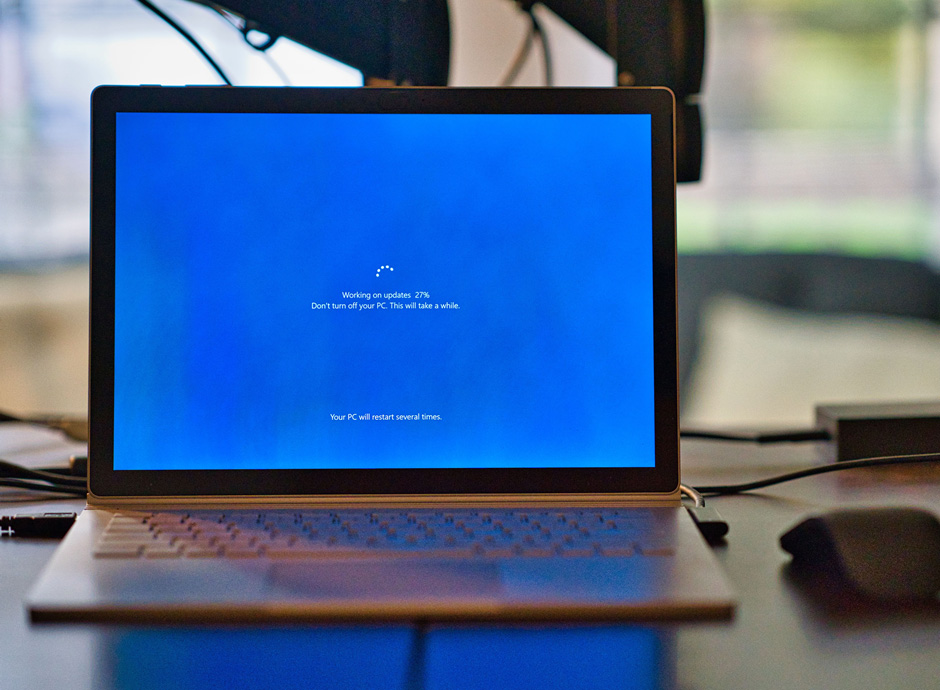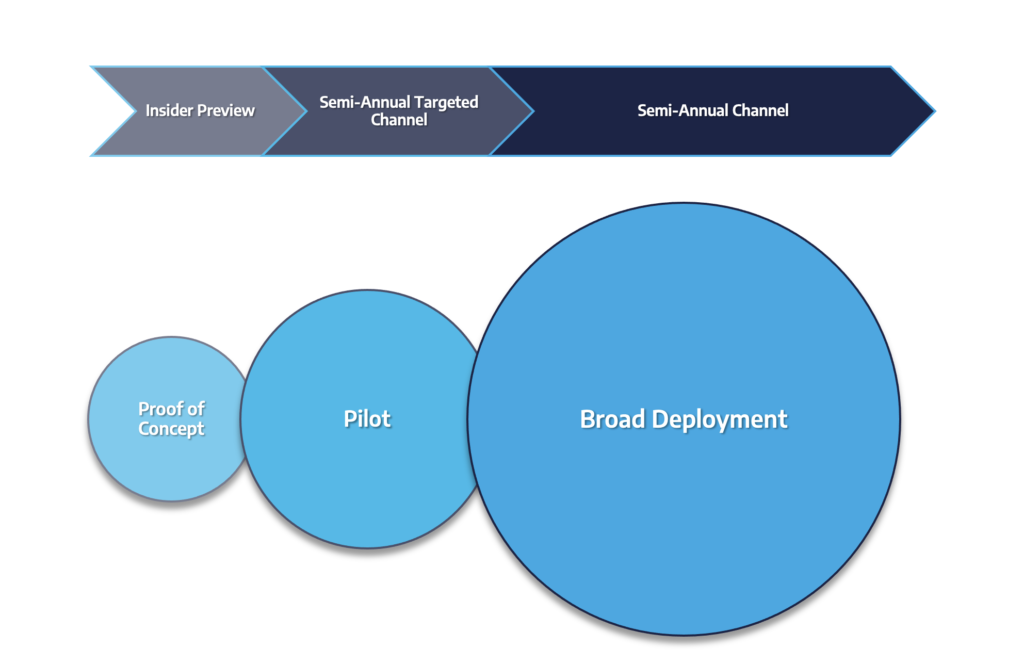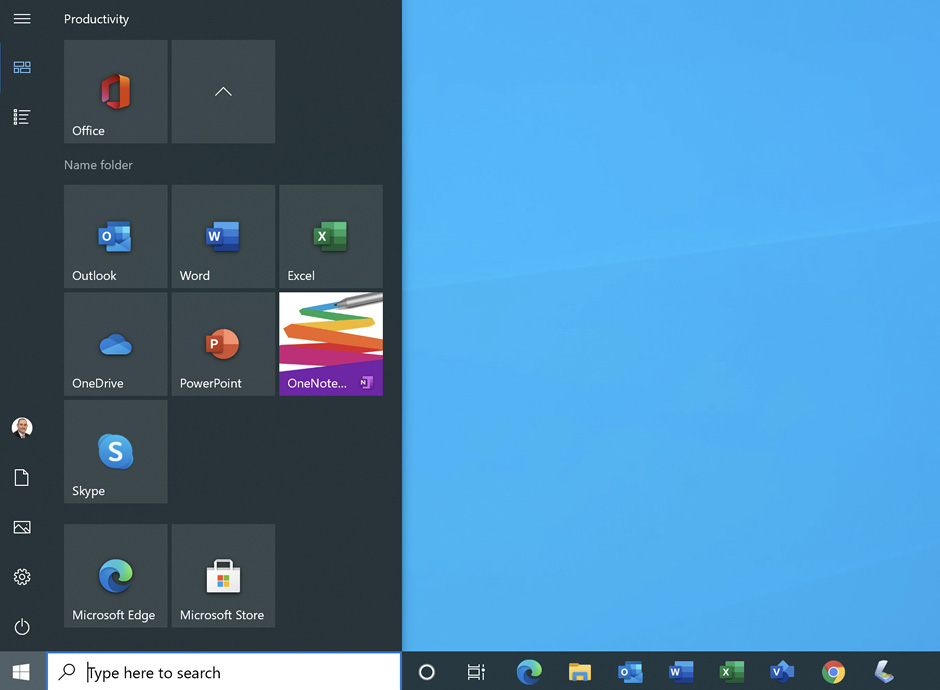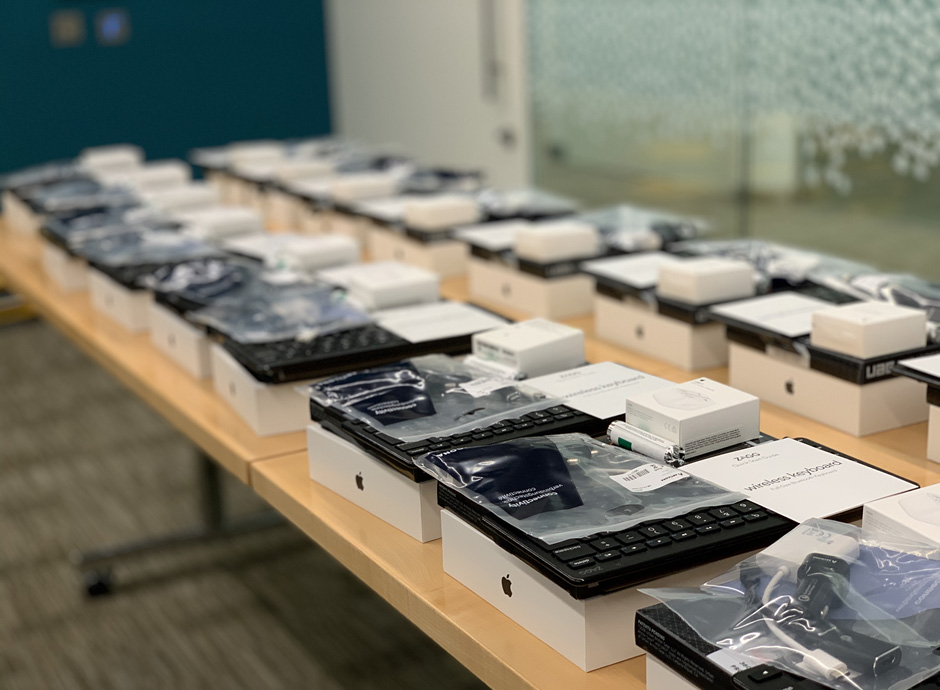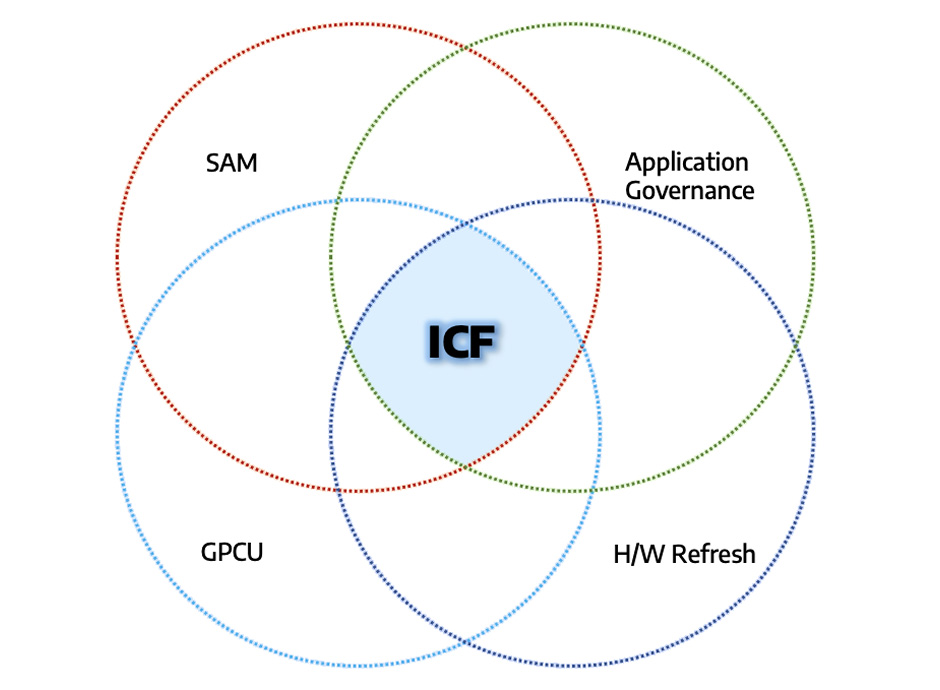Windows Updates – WaaS
Windows as a Service
With the launch of Windows 10, Microsoft implemented a shift in their approach to issuing Windows updates.
Historically Microsoft have issued what would be classed as major updates to system functionality every 3 years. These came in the form of new operating system releases. With the adoption of Windows as a Service (WaaS) also known as EverGreen, Microsoft now issues twice yearly updates. As a result, there are updates to system functionality in the spring and autumn. TGG can help you deploy your updates while retaining compliance. Moreover, we can both plan and manage the process from start to finish.
Due to the new regime, the PC update plan now requires a new approach within the enterprise. Let TGG help you update your desktop estate.
Get in Touch
